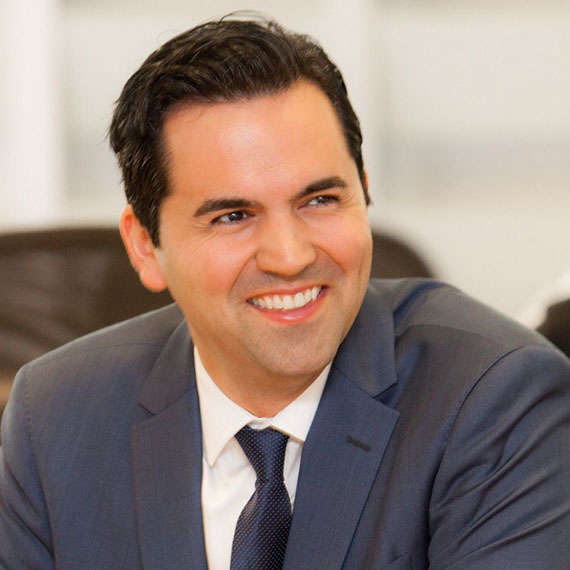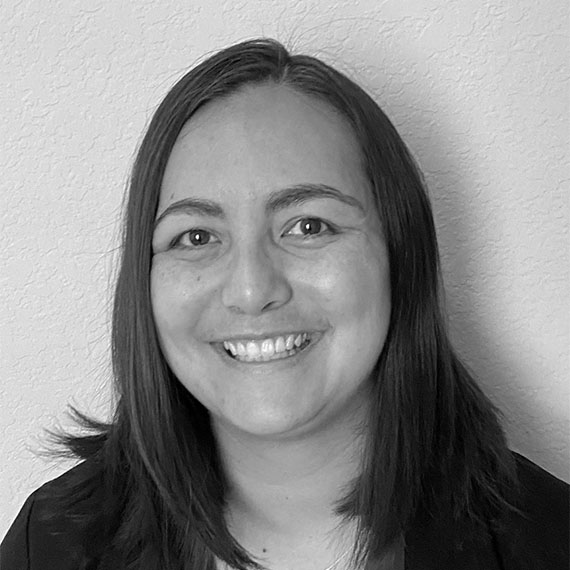The trajectory of FPSOs is on an upward incline, motivated by the global surge in demand for energy resources. This surge places heightened expectations on FPSOs, motivating them to operate at peak efficiency while adhering to stringent safety standards. However, traditional methodologies and approaches in the industry are encountering challenges in meeting these multifaceted objectives across the project lifecycle.
To navigate the path toward better FPSO performance over the next decade, we must move beyond the conventional paradigms of closed operational ecosystems. Digital solutions have previously been implemented in silos, limiting their potential impact. The reliance on manual workflows poses inherent limitations in scalability, cost-effectiveness, and ease of integration. It is evident that a paradigm shift is warranted, one that expedites FPSO performance evolution through open collaboration, driven by digitalization, automation, and insightful data analysis at scale.
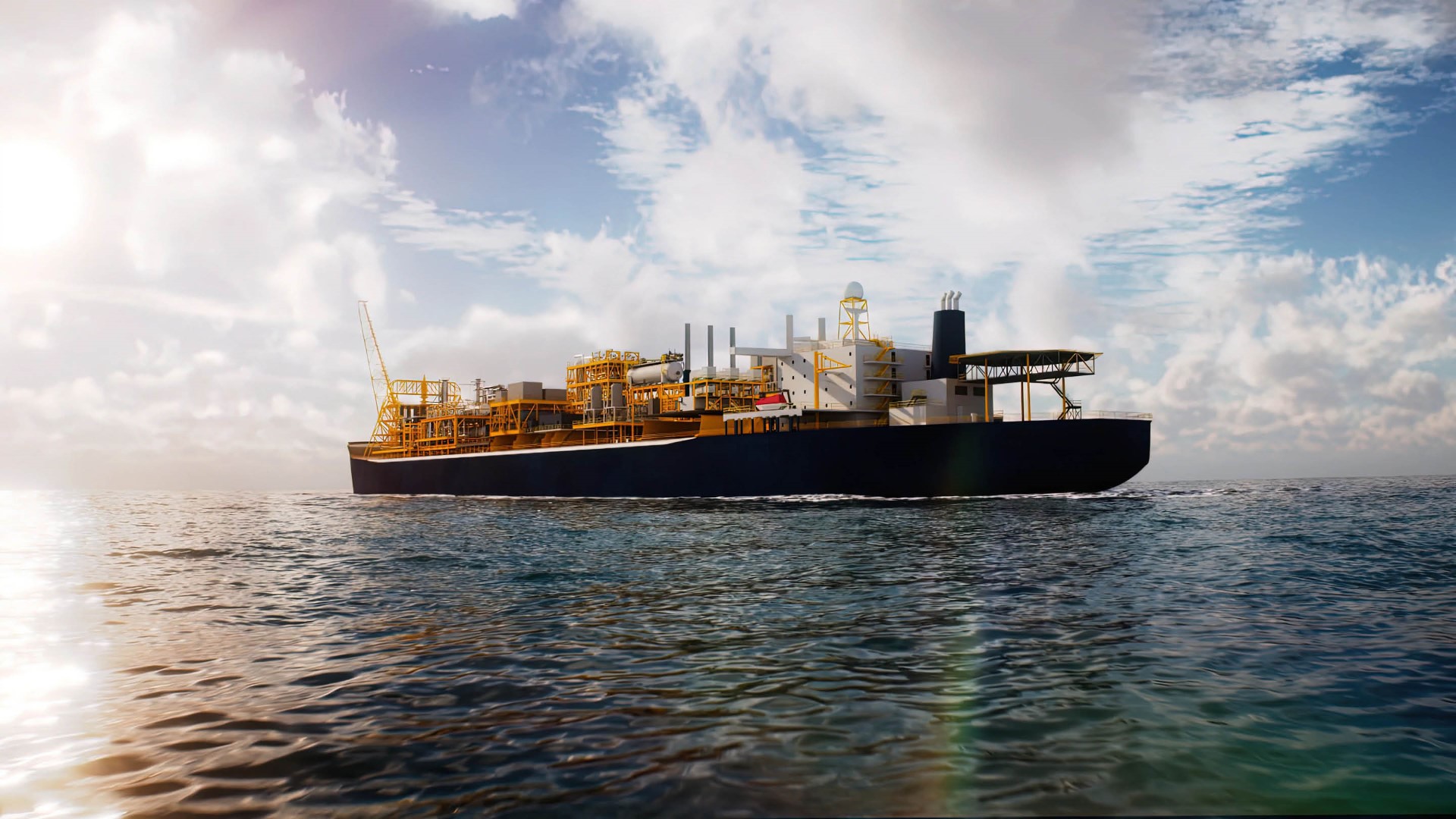
The power of open collaboration in offshore oil and gas production
Open collaboration is a beacon of progress, signaling a departure from traditional siloed approaches. It entails the active involvement of multiple expert partner companies, collectively addressing pertinent challenges rather than operating in isolated domains. A fundamental principle of open collaboration is the acknowledgment that improving the performance of any single element of an FPSO necessitates a holistic view encompassing subsurface, subsea, and topside processing domains.
In this collaborative framework, digital tech infrastructure assumes a pivotal role. It envisions FPSOs as cohesive systems, unifying individual digital tech into a harmonized whole. This open platform approach facilitates the utilization of data in diverse contexts, contrasting with the current closed and proprietary systems. Early engagement in open collaboration offers the maximum scope for integrating workflows seamlessly. Implementing scalable digitalization and automation from the outset grants operators enhanced visibility into their operations, ensuring reliability, predictability, and optimal performance.
In the pursuit of open collaboration and its potential to reshape FPSO projects and operations, coalitions can be formed. Comprising various industry players—each with a specific expertise—these coalitions can embody a wealth of expertise and experience in the oil and gas domain, spanning reservoir to production and processing, both onshore and offshore.
Imagine a coalition comprising the following unique set of capabilities, each brought to the table by a different member:
- Automation, control, and power system expertise that offers proven performance strategies and encompasses networking and cybersecurity capabilities.
- Integrated sensing, intelligence, and action in oil and gas facilities for providing real-time control and digital tech, including metering supervisory systems and measurement.
- Contextualized, trustworthy, and accessible data, along with the unification of engineering, information, and operational tech to enable seamless integration and contextualization of production-related data. (Great for asset-intensive industries.)
- Foundational production expertise in the energy domain—combined with original equipment manufacturer, digitalization, and chemical and process tech—that allows for complex integration, project management, and asset performance management.
Not too bad when considering how difficult it would be to garner this level of expertise and experience for each element within the same group.
Tackling operational hurdles for better offshore performance
Open collaboration accelerates the evolution of FPSO performance by enabling stakeholders to expedite the journey to first oil and gas, ensure equipment performance, and optimize production throughput. This path to progress doesn’t just encompass project design (improvements such as new builds, equipment upgrades, and integrated workflows) but also operations.
If we recognize that every component of an FPSO is an integral part of a broader operational ecosystem, then we must take a comprehensive approach to optimization. Asset performance management (APM) assumes a central role, integrating data capture, integration, visualization, and analytics to enhance the reliability and availability of FPSOs and their physical assets and processes across multiple levels.
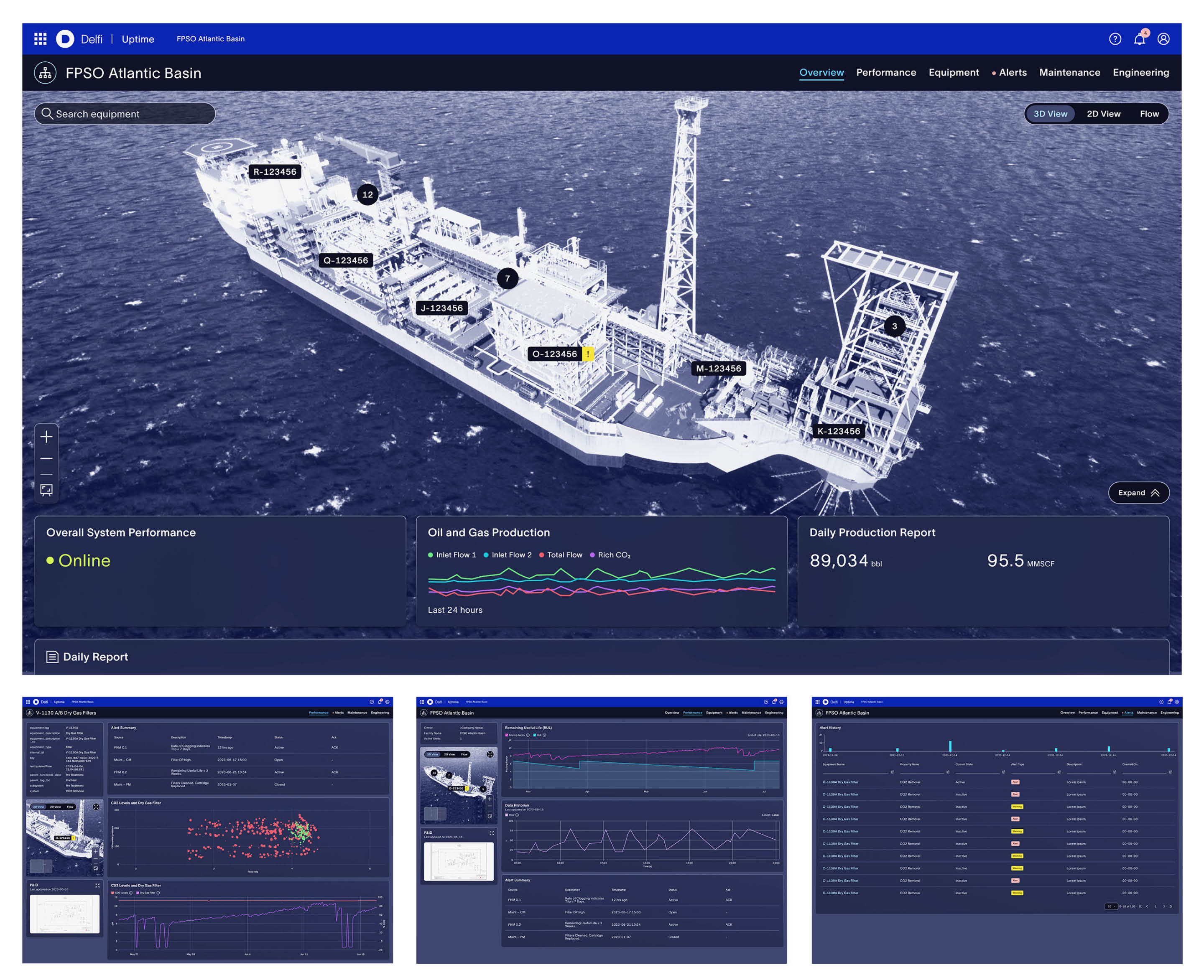
A pivotal enabler of APM is remote and autonomous operations, leveraging robotics, data contextualization, control, and automation. Automation plays a critical role in digital transformation, which is why it is essential that domain and automation experts take part in the collaboration. They will be the ones dedicated to supporting scalable digital tech that enhances operational efficiency across the FPSO's lifecycle.
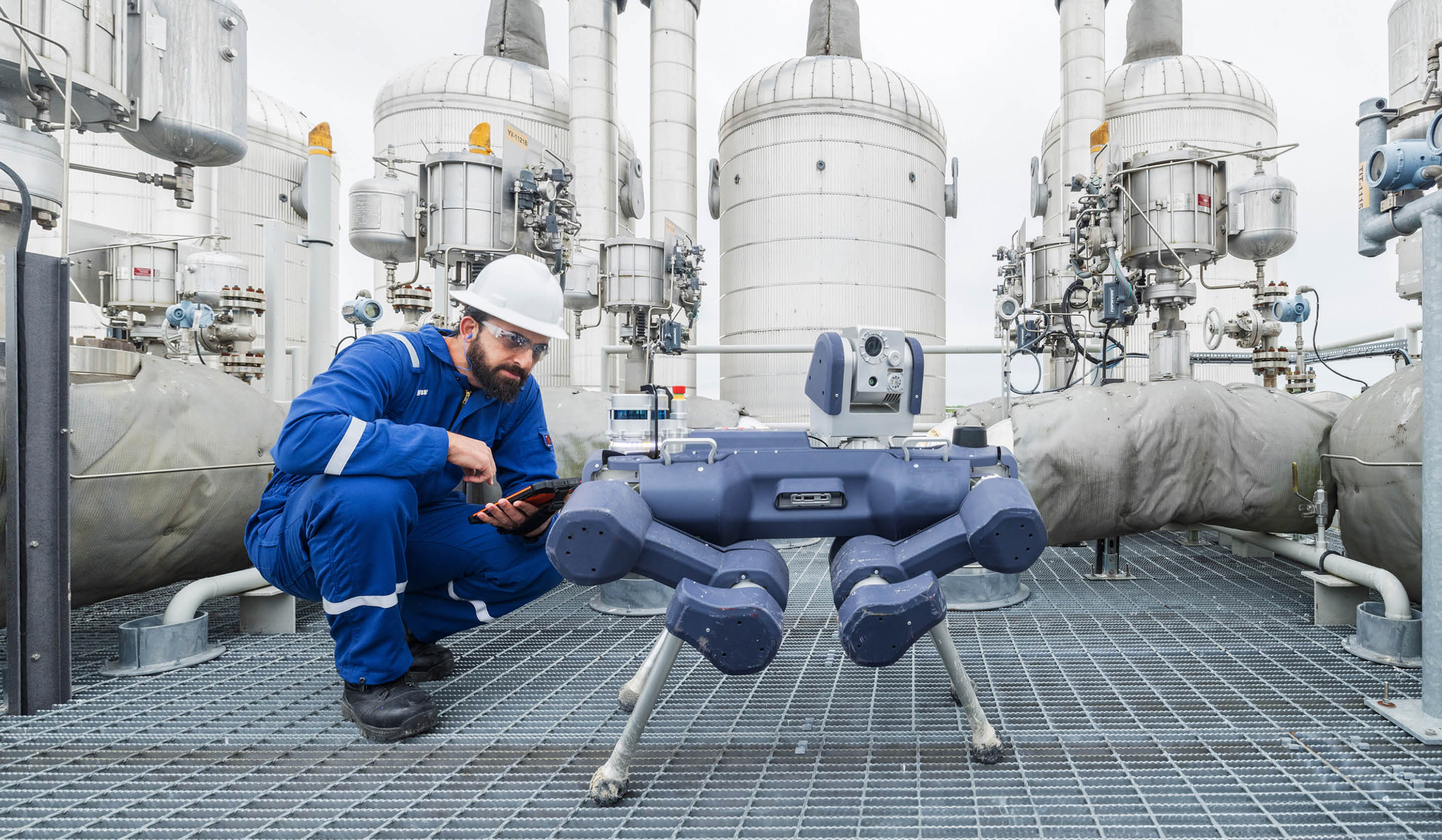
Automation and remote control significantly enhance personnel safety by replacing manual tasks, thereby leading to reduced personnel at risk. This also translates to a reduction in emissions related to personnel transport. Unplanned downtime is further minimized through conditional monitoring facilitated by APM and digital twins, introducing new efficiencies and coordination to planned maintenance activities.
Sustaining progress in offshore oil and gas production
In the conservative offshore industry, the pace of implementing improvements often resembles the gradual turning of a large ship. However, the digital realm waits for no one, demanding a proactive approach to embracing digital solutions swiftly and effectively. Open collaboration invites multiple FPSO stakeholders to join hands, leveraging the most suitable experience and tech to drive performance evolution.
Such collaboration transcends sequential implementation of digital solutions, advocating for a comprehensive evolution in FPSO performance within a flexible, expandable architecture. The breadth of integration and expertise potentially offered could serve as a catalyst for sustained and accelerated FPSO performance evolution. We encourage industry stakeholders to embrace this collaborative journey, steering the FPSO sector towards a future of both efficiency and safety.

